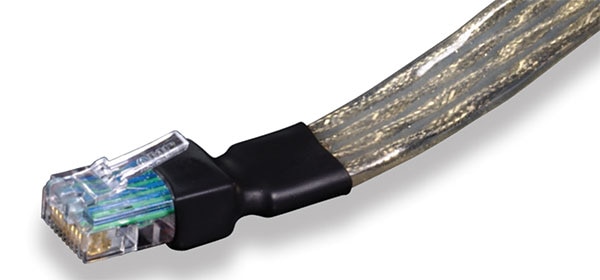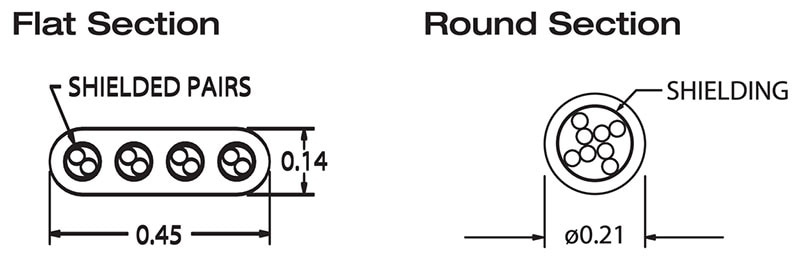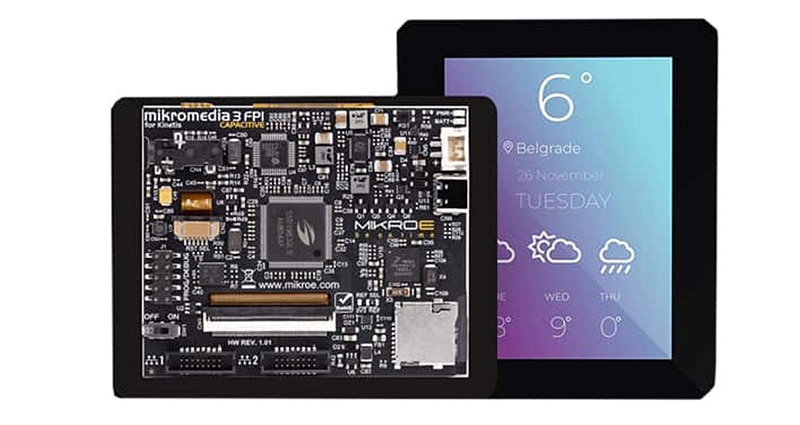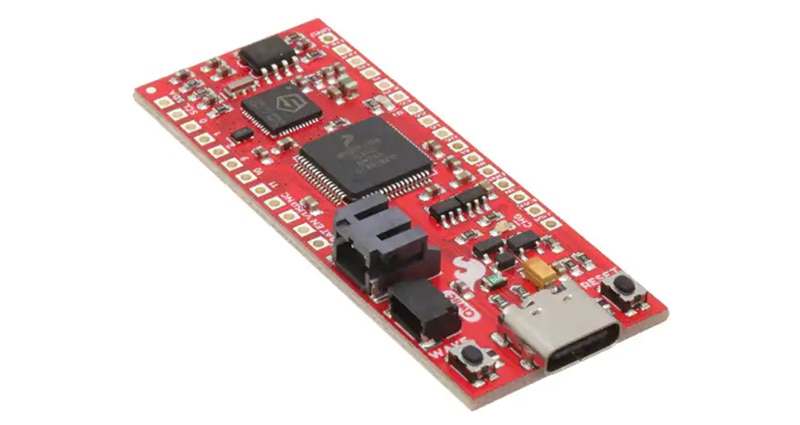Don’t Go Tripping Over Flat Ethernet Cables in the Office or on the Factory Floor
Wi-Fi is great, and it’s everywhere, but sometimes you just need to run an Ethernet cable to the router. This provides the fastest and most reliable connection, especially for large data transfers. I’ve done this when I’ve had to upload gigabytes of engineering data from my daily laptop. Unfortunately, wired Ethernet bypasses one of the advantages of Wi-Fi, which is no cables to route or trip over.
Wired Ethernet is the preferred networking choice in a large office or industrial environment for many reasons. First, it’s faster than Wi-Fi and more reliable. Also, as a former tech support specialist, I can say it is so much easier to diagnose connection problems over the phone with wired networking compared to wireless.
Ethernet cable routing is so important it is determined at the beginning of planning the office floor layout, like the location of the coffee pots. But sometimes unplanned things can happen. I once worked in an office where an isolated cubicle needed an additional dedicated Ethernet connection for transferring many gigabytes of engineering design files, and as luck would have it, no connection was available.
So, we ran a nice bright blue CAT5e cable on the floor and secured it with duct tape. This didn’t stop people from tripping on the cable, so later bright traffic cones were placed around it. As popular as the standard Ethernet cable is, we discovered its shape is not suited to floor routing.
A practical evolution of wired Ethernet would be a flat Ethernet cable. Sound unreasonable? Cicoil, a manufacturer of flat cable assemblies doesn’t think so, which is why they make the DC-500-CA012 flat Ethernet cable assembly that can take a licking in the office or on the factory floor (Figure 1).
 Figure 1: The DC-500-CA012 is a 12 ft long flat CAT5e Ethernet cable. It has four twisted pairs and supports PoE up to 3 A for each pair. (Image source: Cicoil)
Figure 1: The DC-500-CA012 is a 12 ft long flat CAT5e Ethernet cable. It has four twisted pairs and supports PoE up to 3 A for each pair. (Image source: Cicoil)
It’s only 0.45 inches (in) wide and a mere 0.14 in tall (Figure 2), so no more tripping on your way to the restroom or nearby workstations. The cable is 12 feet (ft) long and is terminated at both ends with a standard RJ45 connector. It even has four twisted pairs of 30 gauge (AWG) wire and supports Power over Ethernet (PoE) up to 3 amperes (A) for each twisted pair.
 Figure 2: The DC-500-CA012 has a height off the ground of 0.14 in., so no more tripping. It contains four twisted pairs of 30 AWG cable and can withstand temperature extremes of -65˚C to +165˚C. (Image source: Cicoil)
Figure 2: The DC-500-CA012 has a height off the ground of 0.14 in., so no more tripping. It contains four twisted pairs of 30 AWG cable and can withstand temperature extremes of -65˚C to +165˚C. (Image source: Cicoil)
The cable jacket is transparent, allowing anyone to see the shielding and four twisted pairs. This can alleviate the doubts of skeptics who look at a flat CAT5e cable and ask, “How do they do that?” However, the curiosity of a clear and flat Ethernet cable can still provide many minutes of thought-provoking discussion until everyone is told to get back to work.
Despite being flatter than a pancake, the Cicoil DC-500-CA012 is in all respects a fully compliant CAT5e shielded Ethernet cable supporting data rates up to 1 gigabit per second (Gbits/s). The cable jacket with tinned copper twisted pairs is specified as ultra-flexible. It’s designed for harsh environments and can withstand temperatures from -65°C to +165°C.
Sunlight and liquids are a problem for consumer cables as they can cause cracks and shrinkage. This Cicoil DC-500-CA012 flat cable is unaffected by sunlight, ultraviolet (UV) light, alcohol, saltwater, and many corrosive chemicals. Although not specified in the datasheet, I assume it is also coffee resistant.
In industrial automation environments, unscheduled downtime can require an Ethernet cable to be routed and attached as fast as possible to get the equipment running again. Often in these rushed situations, the niceties of routing the cable so it’s out of the way takes a back seat to “get it done now”. Here, a Cicoil cable placed flat on the floor can save expensive downtime while also keeping everyone safe.
Conclusion
It’s interesting to note that advances in materials technology have resulted in advances for networking cables that seem to defy what we assume is practical. A flat Ethernet cable fully compliant with CAT5e that can provide up to 3 A PoE while supporting 1 Gbits/sec data rates seems like something out of science fiction, but here we are. However, like autonomous driving, it’s still no excuse for not watching where you are going when you are taking a stroll to get some coffee.

Have questions or comments? Continue the conversation on TechForum, DigiKey's online community and technical resource.
Visit TechForum










